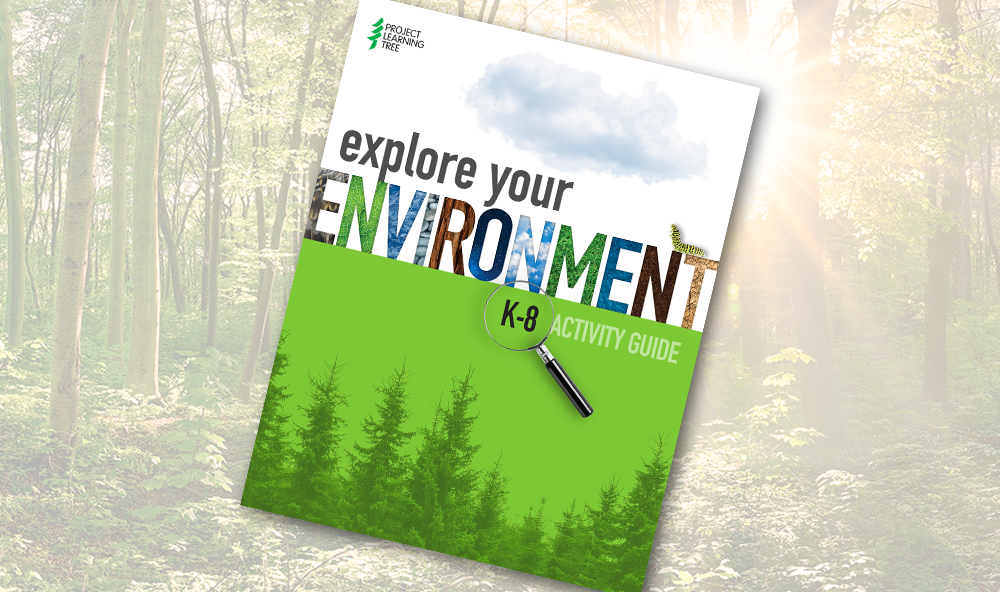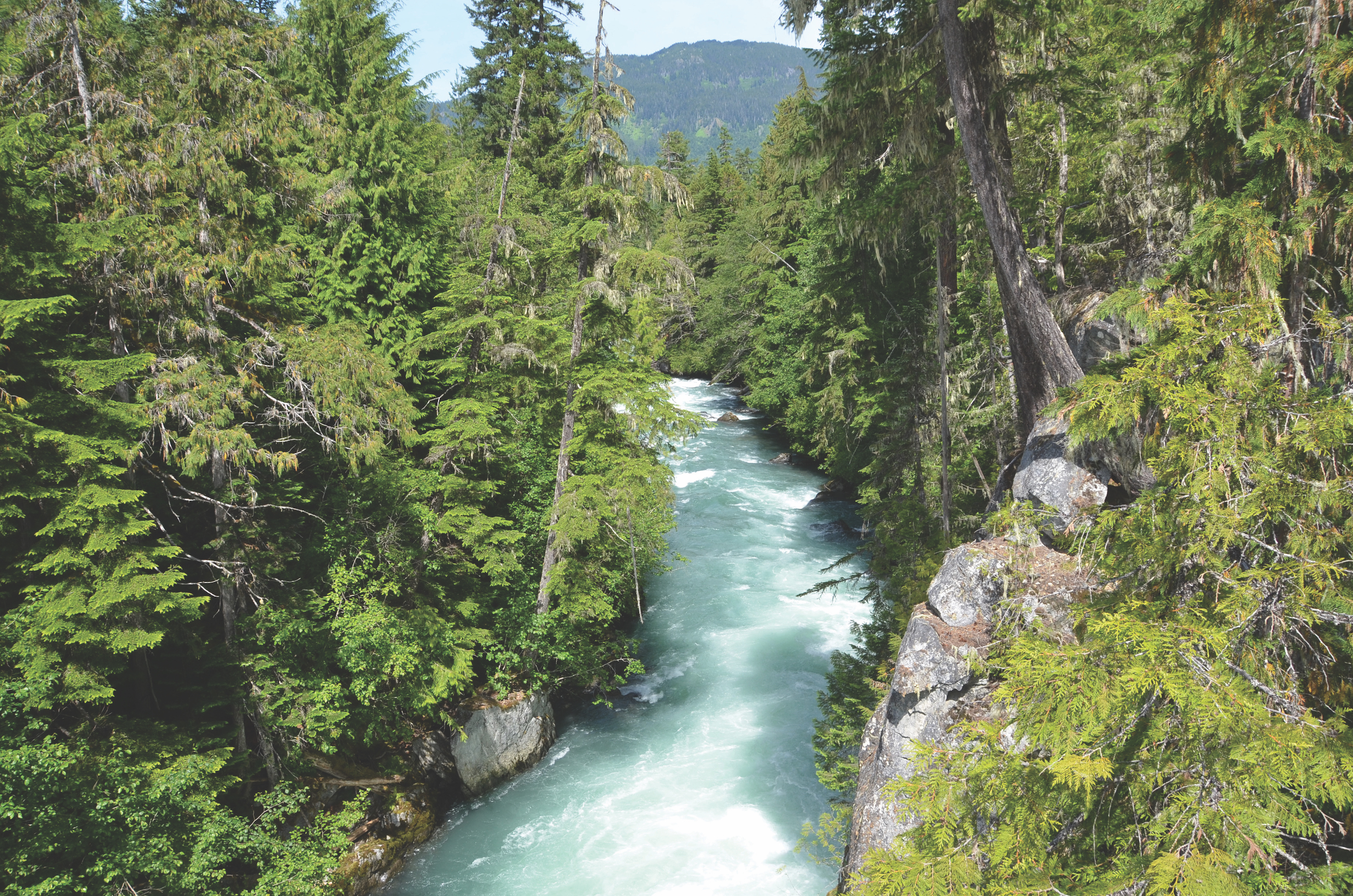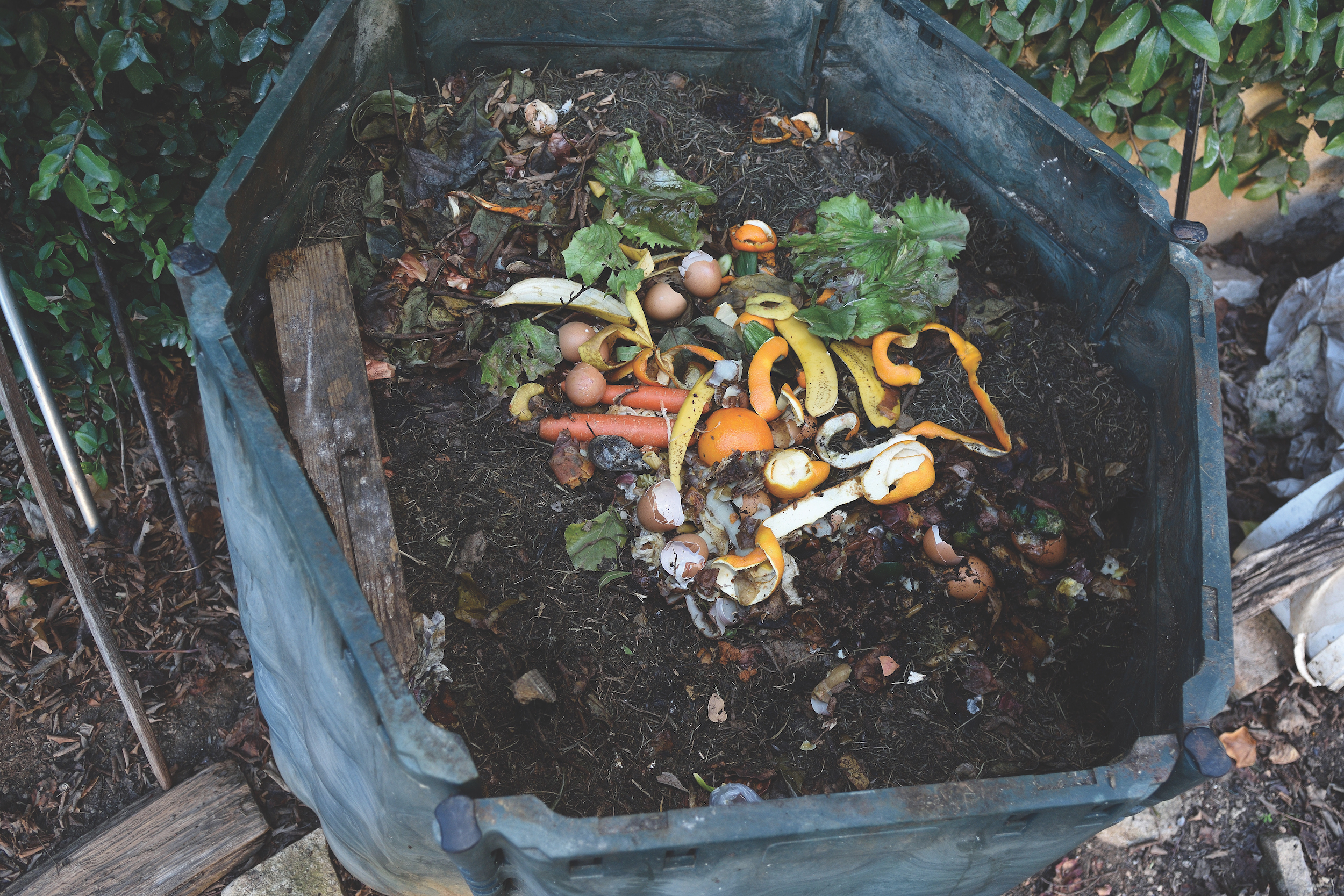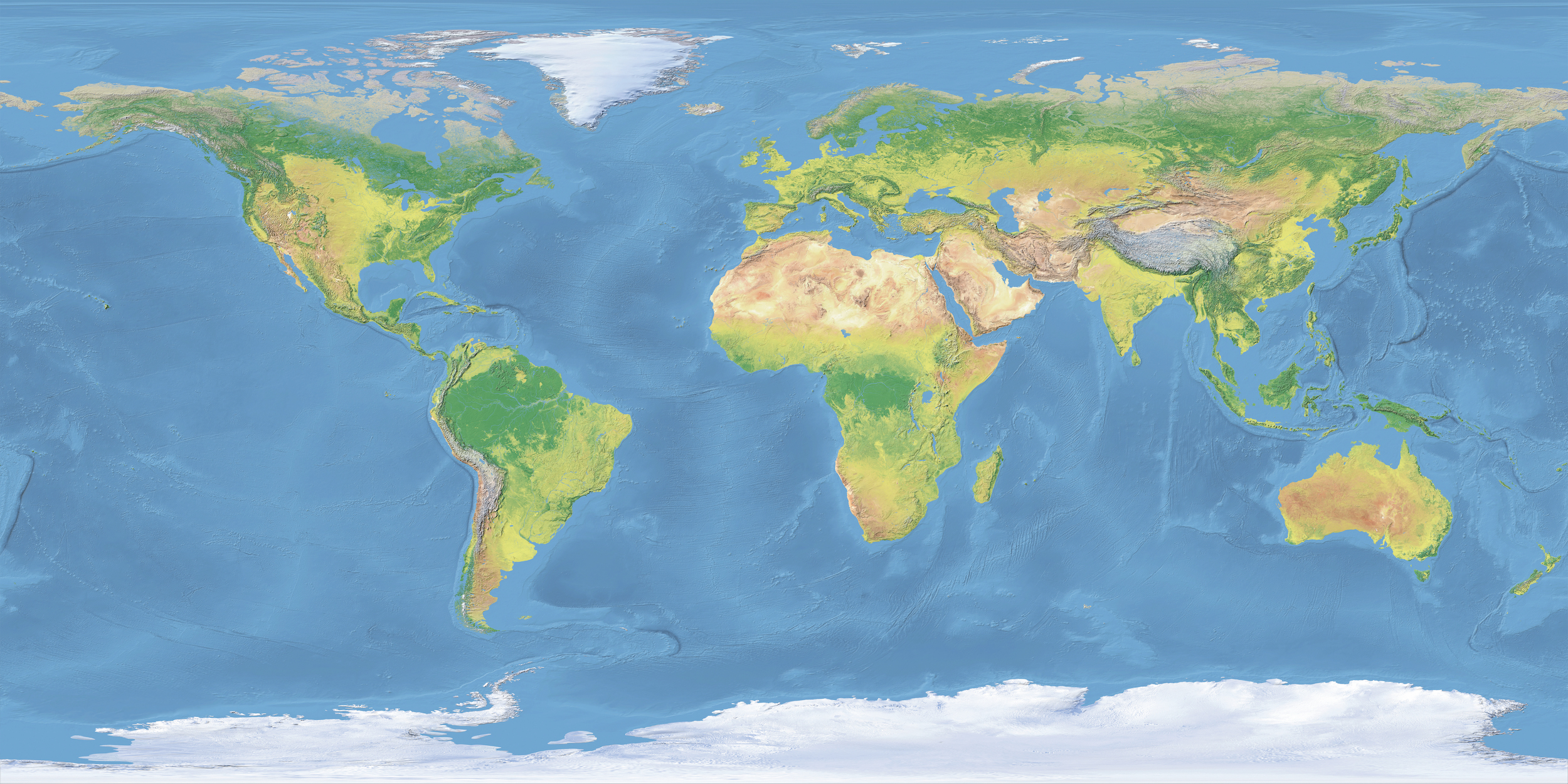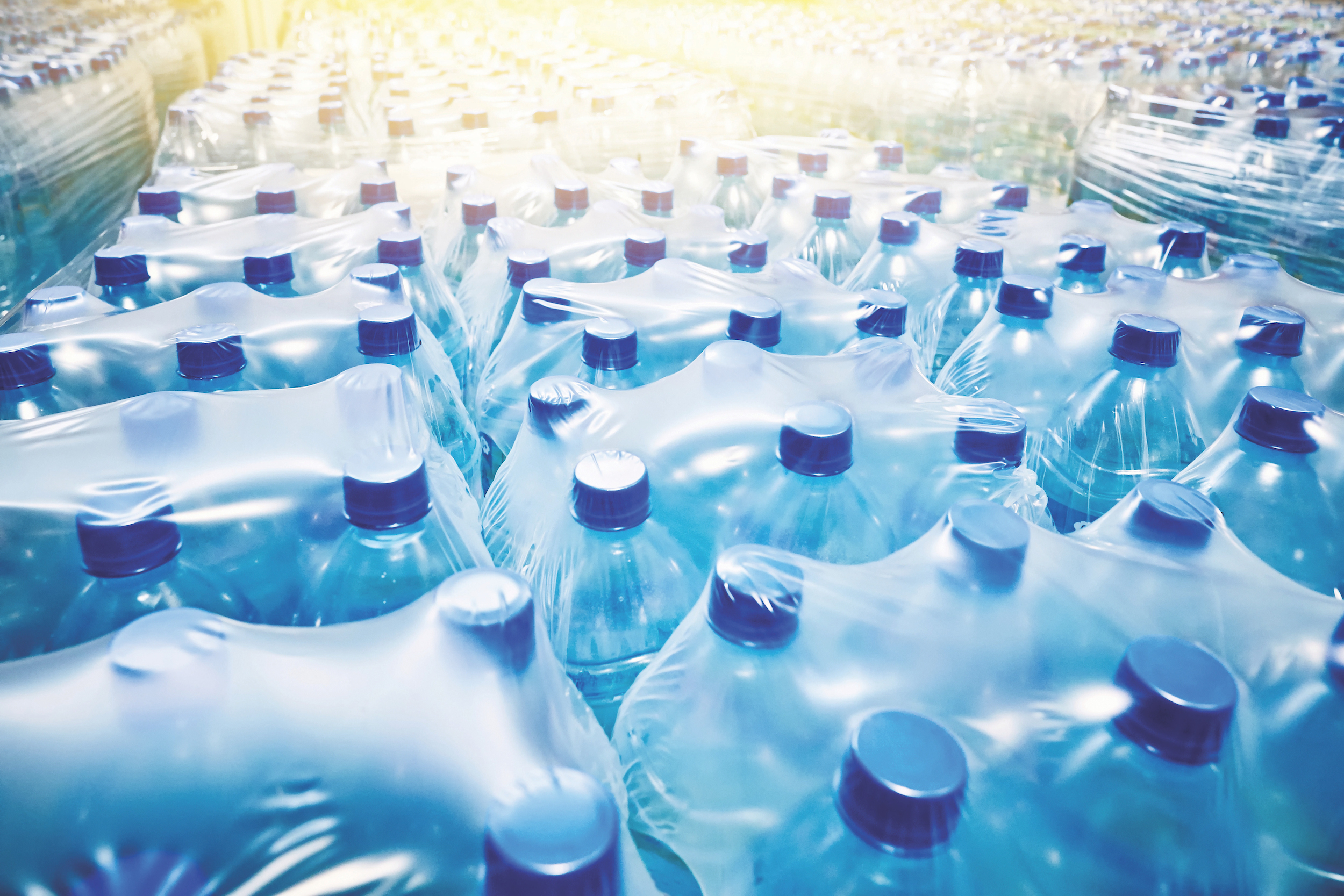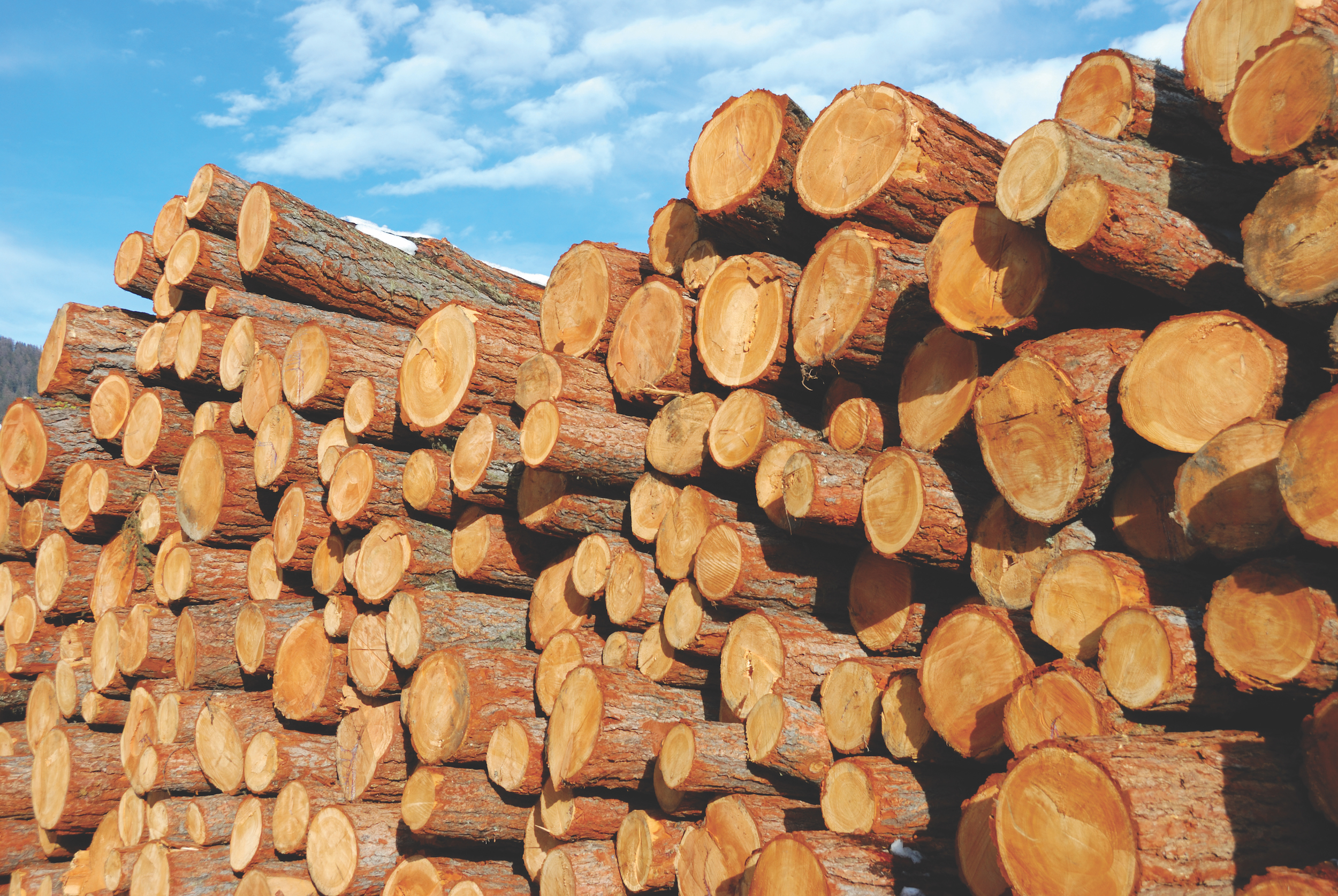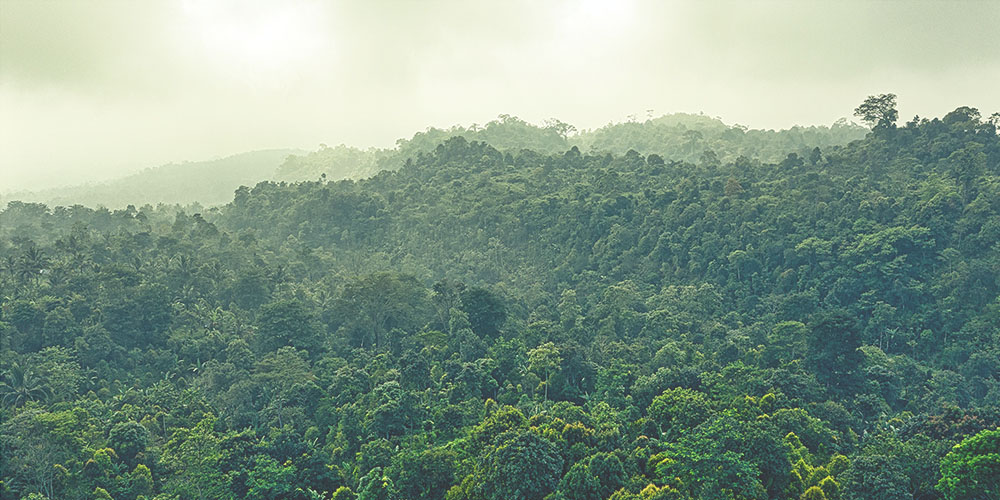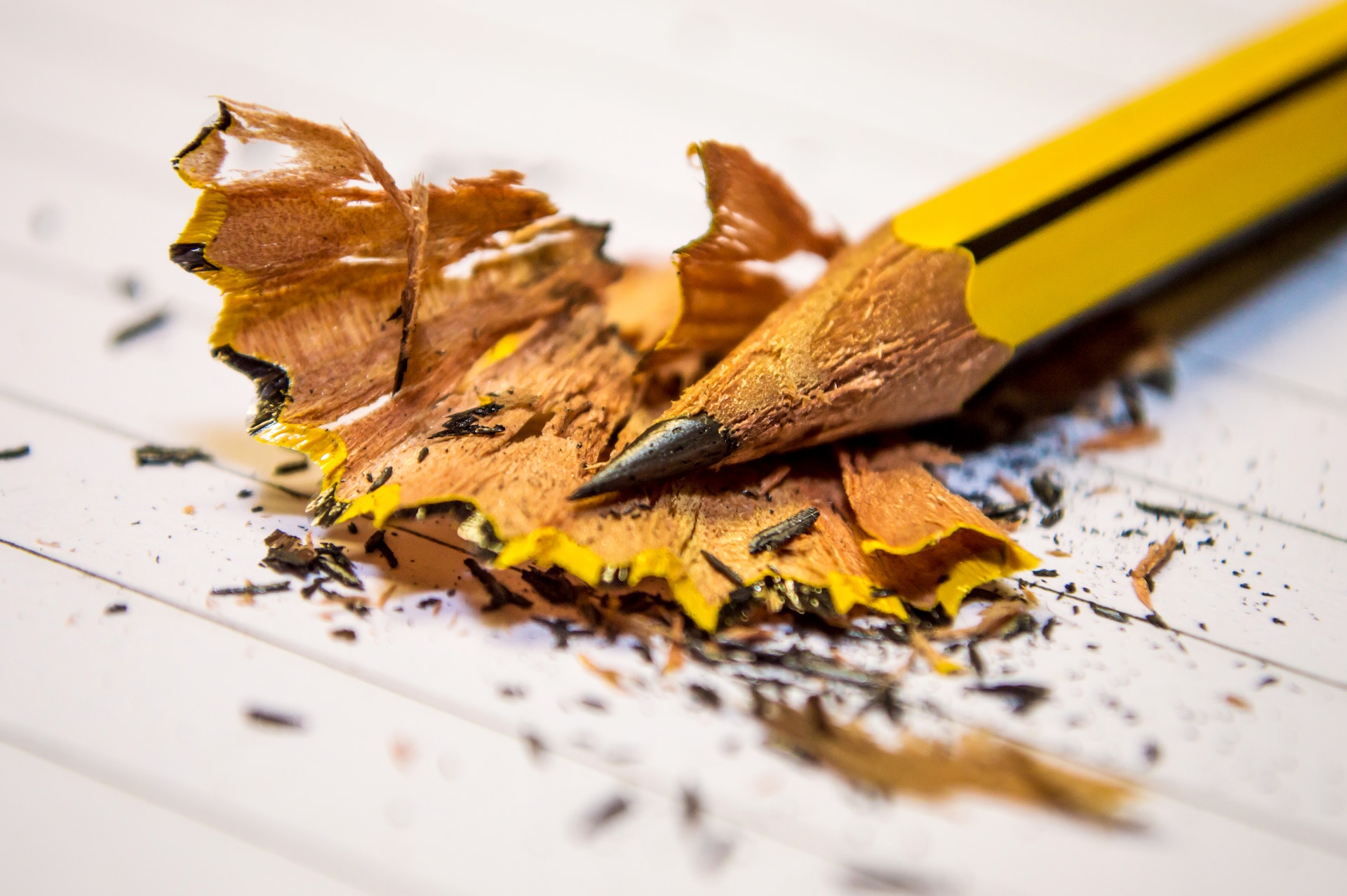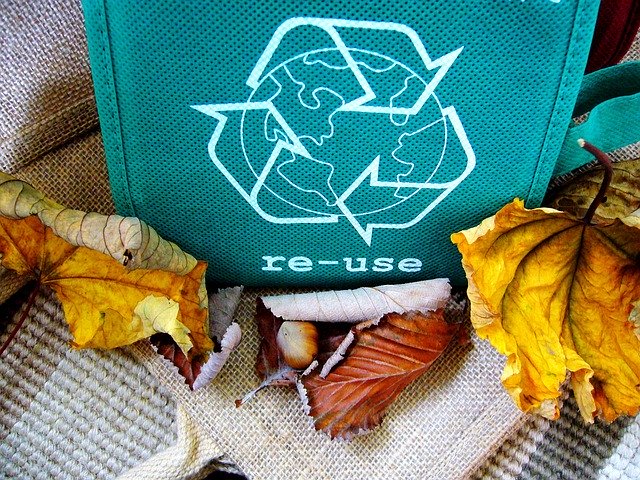December 28, 2020 | By Project Learning Tree
Students explore the environmental, social, and economic criteria of forest certification and consider possible benefits and limitations of certification for both forests and people.
December 28, 2020 | By Project Learning Tree
By examining trash, students can learn a lot about how and why they throw things away. Students find ways to reduce their community’s waste production and improve its management through participation in a service-learning project.
December 28, 2020 | By Project Learning Tree
Students gain an appreciation for how many natural resources they depend on in their day-to-day lives. By tracing the resources that go into making one item, students learn how its manufacturing can have an impact on the environment.
December 28, 2020 | By Project Learning Tree
Nearly everything we buy comes in some sort of package. Students examine the pros and cons of different packaging and design an “ideal” package.
December 28, 2020 | By Project Learning Tree
Students are often surprised to learn how many different products we get from trees. Use this activity to help students learn just how much we depend on trees in our daily lives.
August 25, 2016 | By Project Learning Tree
Using paper as an example, students analyze the life cycle and consumption patterns of forest products, and identify the international dimensions of product use. They then draw conclusions about consuming forest products in a more intelligent way.
August 25, 2016 | By Project Learning Tree
August 25, 2016 | By Project Learning Tree
